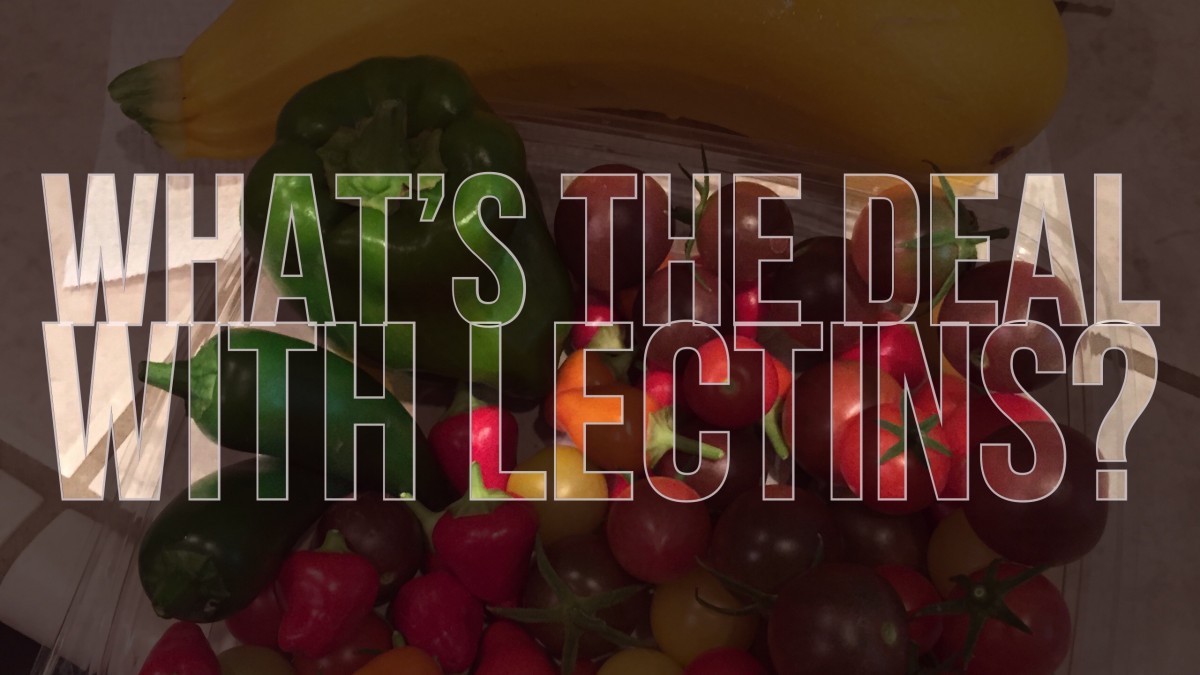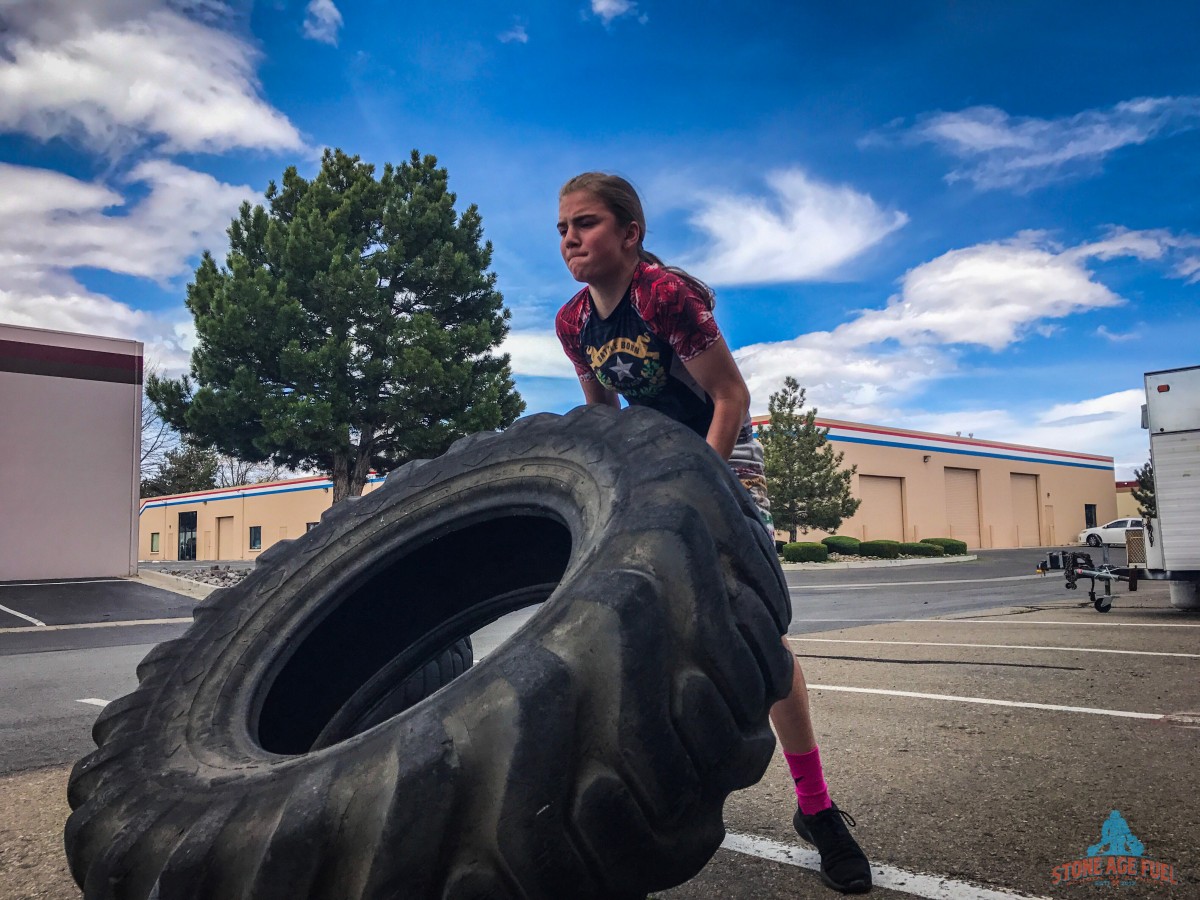What’s the Deal with Lectins?
Just when you think you’ve got it figured out, there’s a new enemy in the food world!
It sure feels like that sometimes, doesn’t it?
Today’s docket item: Lectins!
What the F are lectins, right?
Lectins are basically just proteins, but specifically, they’re proteins that bind to sugars and to cell membranes.
In foods, they’re abundant in raw legumes and grains, as well as many vegetables and fruits.
In fruits, they’re most commonly found in the part of the seed that turns into leaves when the plant sprouts, and also on the seed coat.
In nature, lectins act as a defense against microorganisms, pests, and insects. Humans aren’t able to digest them, so they enter our bloodstream unchanged and completely undigested.
And because we don’t digest them, our bodies sometimes develop antibodies to them, meaning we then can become intolerable to certain lectins.
All of this means more and more evidence out there suggests lectins are on the no-fly list!
Lectins and the Gut:
Lectins can be particularly bad for the gut because they cause stress to the GI tract and damage your intestinal lining.
Basically, all foods cause some stress to the gut, but we’re designed to repair the damage quickly.
But lectins stop us from repairing the damage fast, ultimately hurting our gut’s ability to absorb nutrients properly.
This can lead to a host of health troubles, including weight gain.
Lectins and the Immune System:
Lectins are also bad for the immune system because when they hurt the gut wall this can cause a broader immune system response, initiating the body to move in and attack the invaders.
This can lead to skin rashes, joint pain, cramping, diarrhea, and inflammation.
If you’re interested in really digging deep, check out Dr. Grundy’s work here
On the other hand, if you’re willing to take out word for it, here’s a list of lectin-infested foods you should try to avoid:
Foods to avoid:
- All grains
- Nightshades vegetables, including tomatoes, peppers, potatoes, and eggplants (Tomatoes and peppers are OK if you peel and deseed them)
- Gluten from wheat, rye, barley, malt, and maybe oat
- Legumes: All beans, including soy and peanuts
- Cashews, sunflower seeds, pumpkin seeds
- Dairy, including milk and milk products as cheese, cottage cheese, yogurt, and kefir (goat and sheep cheese in moderation is OK)
- Yeast (except brewers and nutritional)
- Fruits should be avoided for 30 days, but you might be able to re-introduce some in-season fruits after that
At the very least, try it:
Get off all of the lectins you’re currently eating for 30 days and see how you feel and then report back about how your body feels compared to before.
After that, you can start reintroducing some foods to see which ones bother you most.
Talk to your coach if you want more information before you get started.







